This post contains affiliate links.
After living in LA for several years and traveling in their self-built camper van this couple decided they wanted to build their own tiny cabin in Portugal where they can grow their own food and live a simpler and more sustainable life.
It’s an off-grid house that they built themselves while documenting the process from design to finish and creating a step-by-step guide for anyone else who may want to build the same cabin. Check it out and learn more below!
Don’t miss other interesting stories like this, join our Free Tiny House Newsletter for more like this in your inbox!
Building their Modern House Cabin

Images via Modern House Cabin/YouTube
First thing’s first, get the right design.
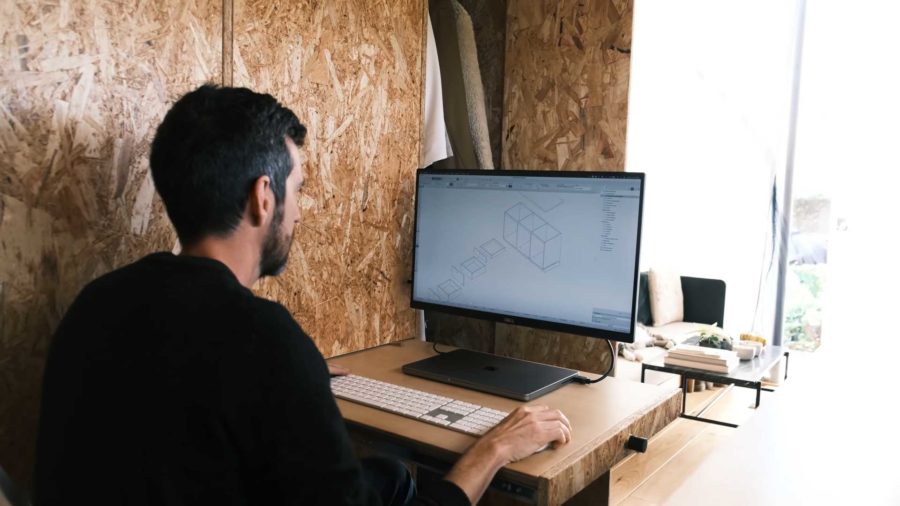
Images via Modern House Cabin/YouTube
So they started with a plan for the foundation of the tiny cabin.
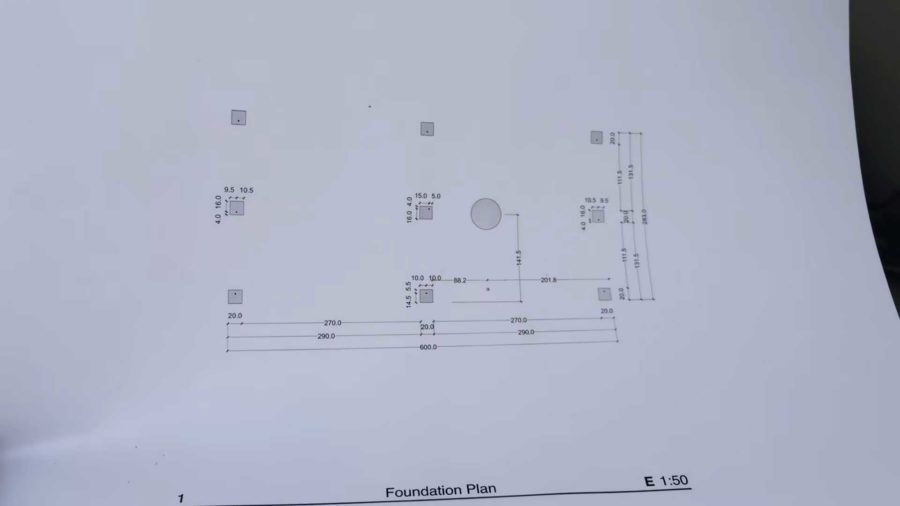
Images via Modern House Cabin/YouTube
Then they ordered supplies and got to work.
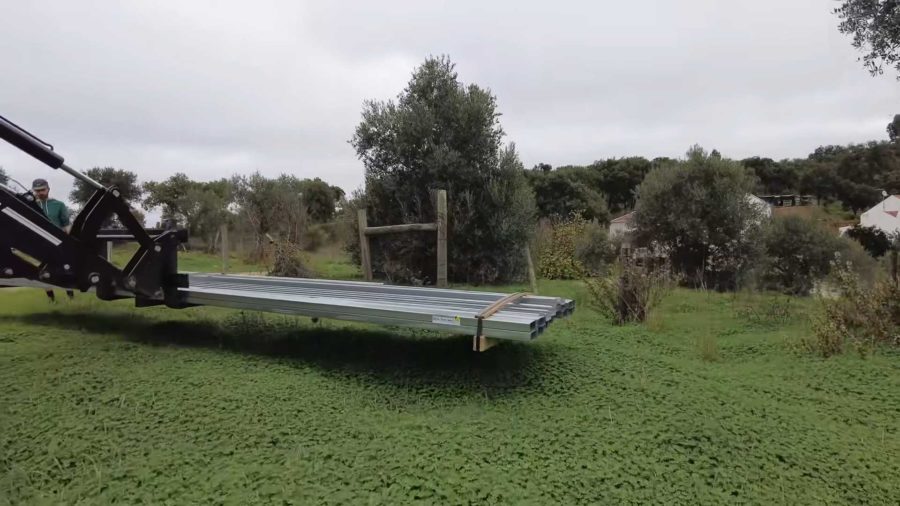
Images via Modern House Cabin/YouTube

Images via Modern House Cabin/YouTube
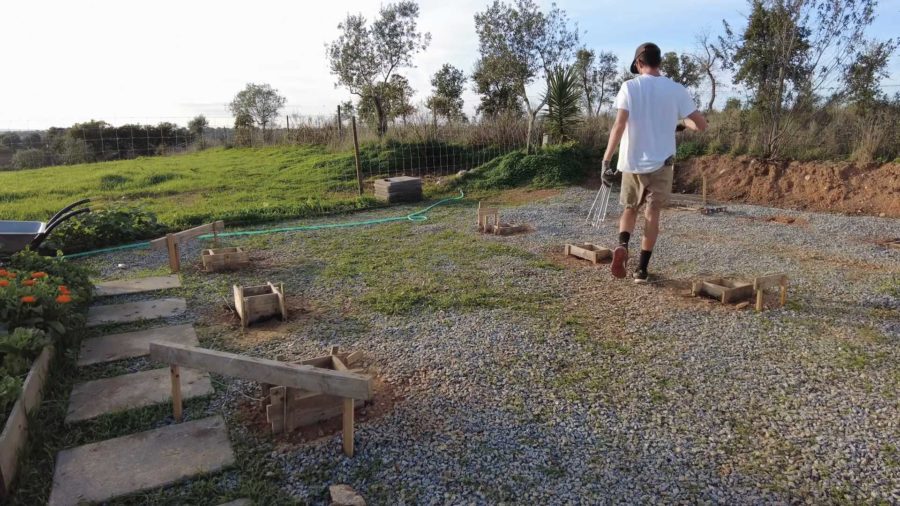
Images via Modern House Cabin/YouTube
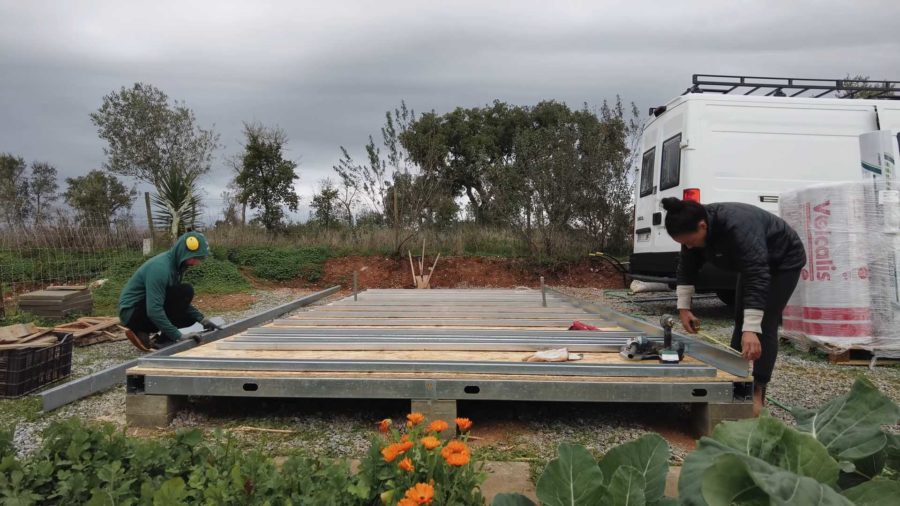
Images via Modern House Cabin/YouTube
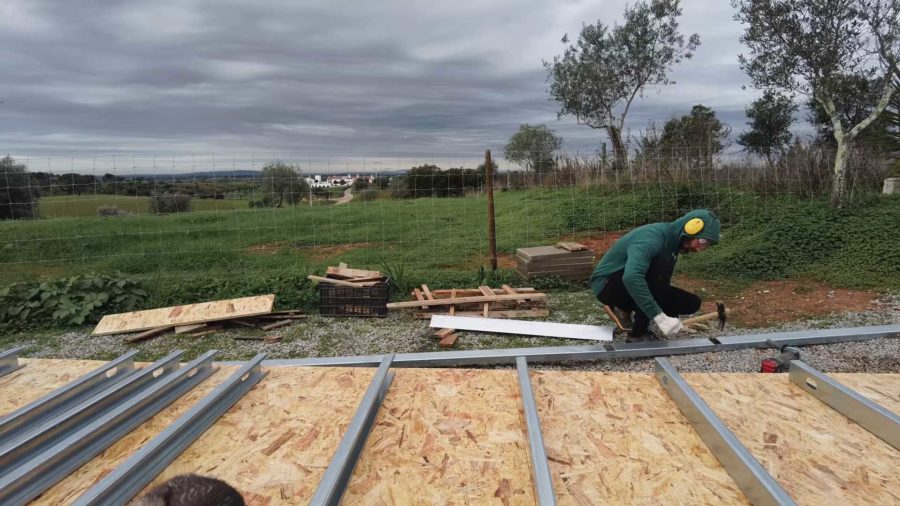
Images via Modern House Cabin/YouTube

Images via Modern House Cabin/YouTube
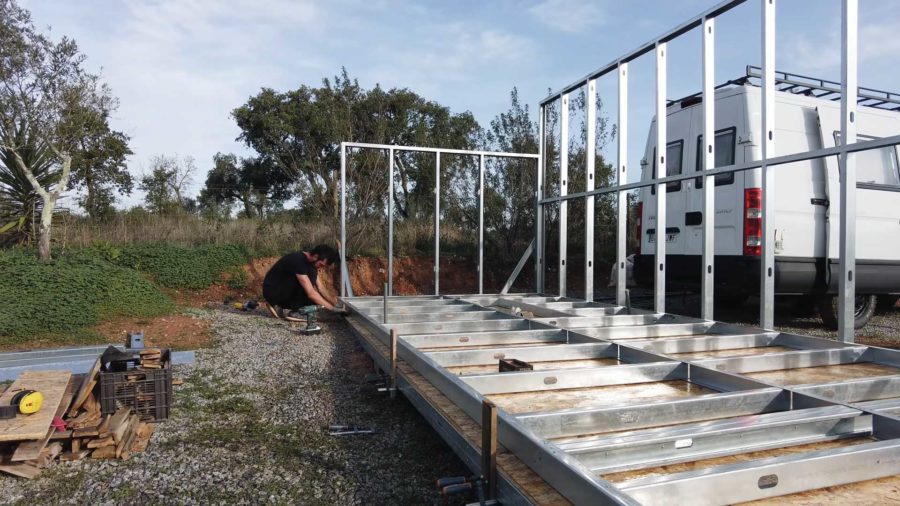
Images via Modern House Cabin/YouTube
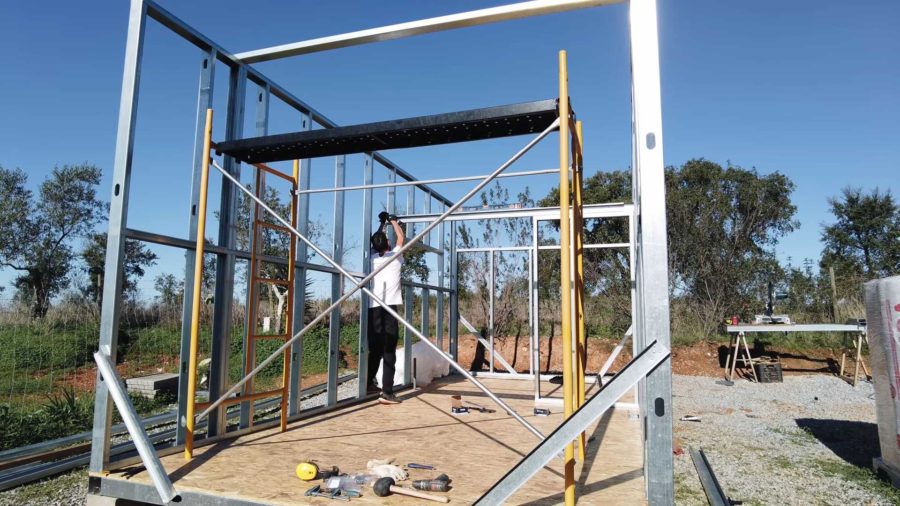
Images via Modern House Cabin/YouTube
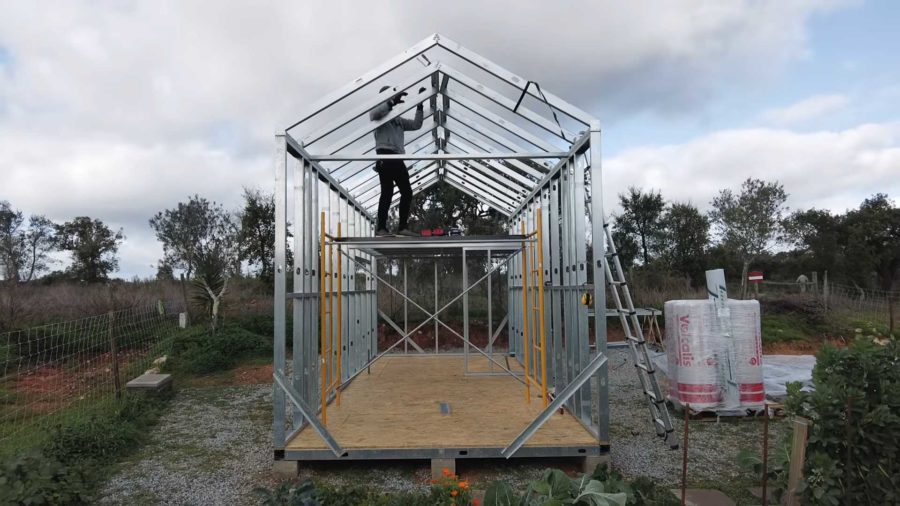
Images via Modern House Cabin/YouTube
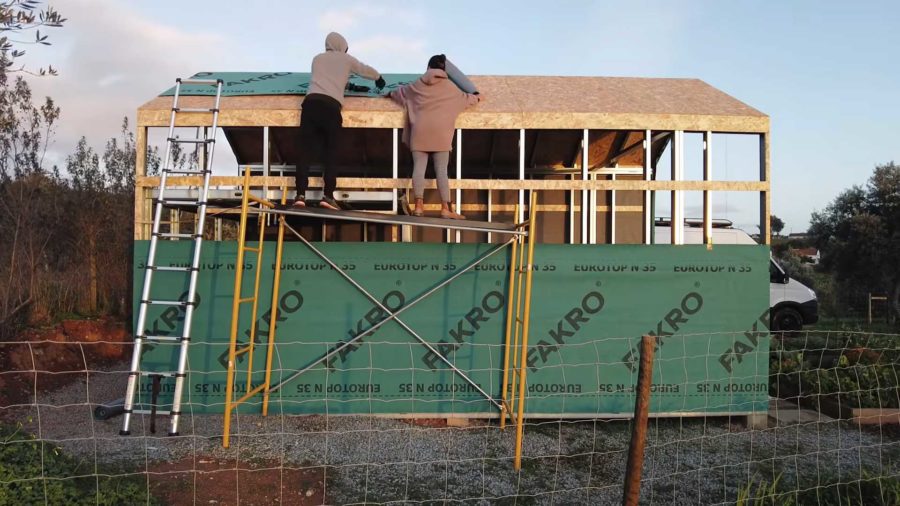
Images via Modern House Cabin/YouTube
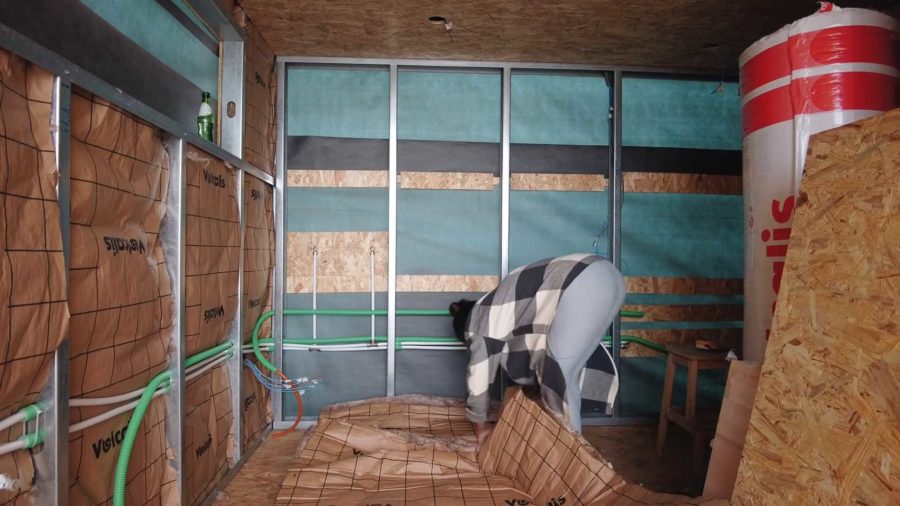
Images via Modern House Cabin/YouTube
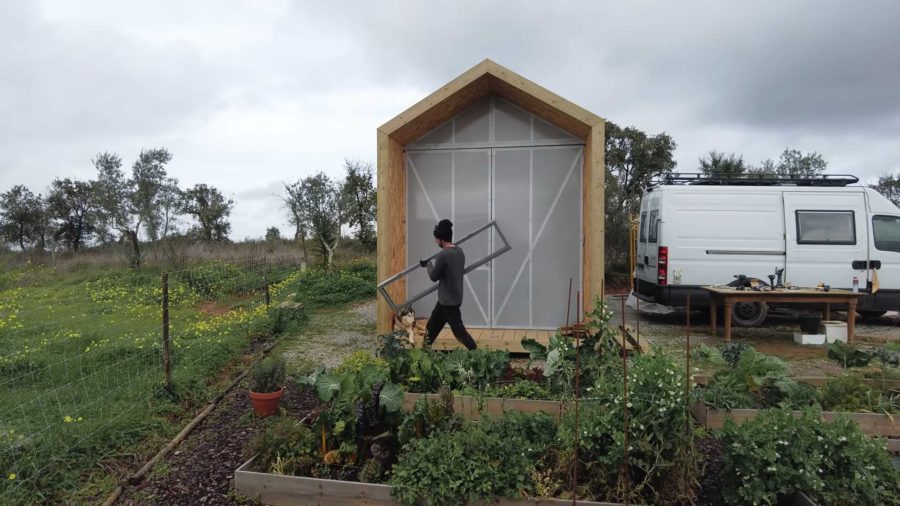
Images via Modern House Cabin/YouTube
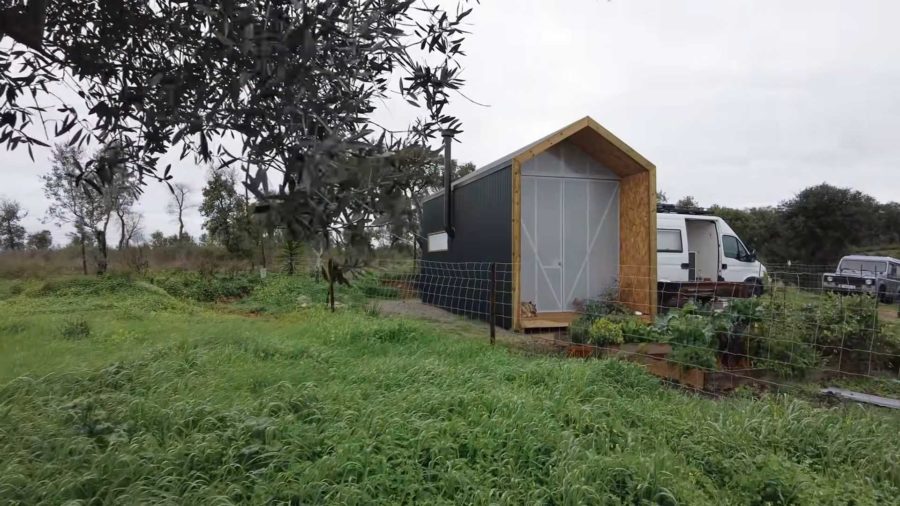
Images via Modern House Cabin/YouTube
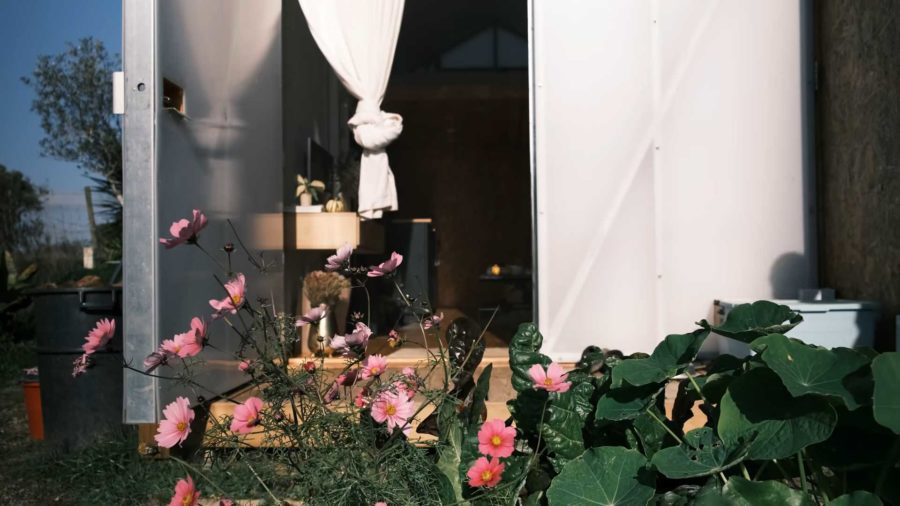
Images via Modern House Cabin/YouTube
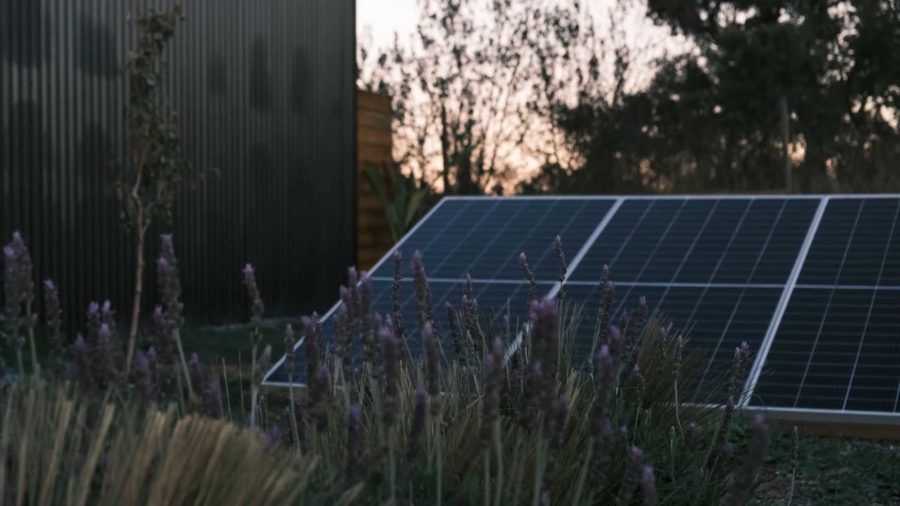
Images via Modern House Cabin/YouTube
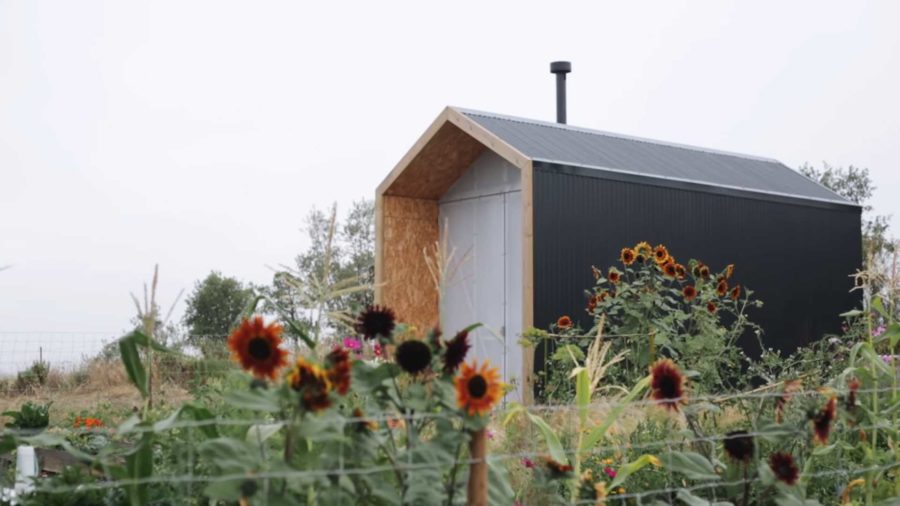
Images via Modern House Cabin/YouTube
In this video we build an Off Grid House in the woods… If you’ve ever wanted to build a cabin in the woods this is one way to do it. Start to finish with all the work we did during 120 days.
VIDEO: How they built their DIY Modern House Cabin
Learn more
- STEP BY STEP GUIDE AND PLANS
- COMPOST TOILET DESIGN
- MODERN HOUSE CABIN ON YOUTUBE
- CHECK THEM OUT ON INSTAGRAM
- THEIR WEBSITE
Our big thanks to James D. for sharing!🙏
You can share this using the e-mail and social media re-share buttons below. Thanks!
If you enjoyed this you’ll LOVE our Free Daily Tiny House Newsletter with even more!
You can also join our Small House Newsletter!
Also, try our Tiny Houses For Sale Newsletter! Thank you!
More Like This: Tiny Houses | Builders | Cabins | DIY | Off-Grid | Tiny Cabins | Tiny House Designs | Tiny House Plans
See The Latest: Go Back Home to See Our Latest Tiny Houses
This post contains affiliate links.
Alex
Latest posts by Alex (see all)
- Her 333 sq. ft. Apartment Transformation - April 24, 2024
- Escape eBoho eZ Plus Tiny House for $39,975 - April 9, 2024
- Shannon’s Tiny Hilltop Hideaway in Cottontown, Tennessee - April 7, 2024




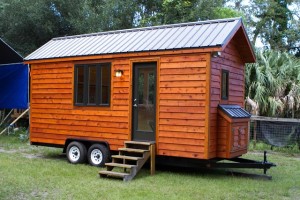

Kudos for this effort! It seems that they paid attention to all of the details and used good materials. It’s hard to make a complete analysis without seeing photos of the interior, though. I think the most important thing about this post is that it shows others that it can be done. So again, kudos. I would make one observation based on the photo showing them putting the “paper” or waterproofing on the roof. You are supposed to start from the bottom, not the top or you risk having a roof leak. It could be that the bottom layer was slipped under the upper layer but that was not shown in any photo. The doors at the “deck” end of the structure look translucent and so I wonder what material was used. It would seem less energy efficient than something more solid. These are more questions than judgments. Again, seeing interior photos would have been nice.
I admit that I did not watch the video so maybe there is more revealed. Sorry.
I watched the video, out of fairness, and I have another question/observation. For me, my greatest concern with this tiny home is the use of waferboard throughout. It is made with formaldehyde which can offgas toxic fumes for many months. Using it on the exterior isn’t favorable because it is vulnerable to moisture and using it inside can be a health risk. Now, the question is does coating it with either a clear coat or paint seal those gases inside the board and thus making it safer inside? I realize it is a less expensive material and I don’t even have an objection to its appearance in this modern setting but we all have to be concerned with our health and how our choices affect the environment. Great and careful effort was taken to build this nicely done home but I question how safe it is. I also question how efficient it is with using the translucent material for the windows and end wall. And some of that depends on how cold or hot it gets based on where it is built. I think I would go with spending a bit more and use materials I thought were safer and more efficient in the long run. What the builders chose here is understandable, though, when mostly considering costs. A good effort and we can all learn many lessons from the builder’s experience both about construction methods as well as material choices.
Well, unless that’s very old construction material or from a questionable source, formaldehyde has largely been phased out of most modern construction materials or reduced to trace amounts. The remaining VOCs are mainly from the resins/glues, etc. but they’re very low level unless you’re cutting or burning the material.
It’s typically interior finishing, like what are applied to cabinets, etc. that are what you actually have to be concerned about these days as they can off-gas at higher concentrations, for much longer periods, may still contain formaldehyde and other chemicals, and they’re directly within the interior air space with no buffer. Unlike the framing construction materials that are locked within the walls, behind all the insulation, air and vapor barriers, and final interior and exterior wall finishing layers.
Something else to understand is not all VOCs are equally of concern. Most scented products emit more than 100 volatile organic compounds (VOCs). Basically, most of what you smell is a VOC and even people emit some because it’s organic chemistry…
If you used an air quality monitor to check levels in the air, you actually won’t get much of a spike when cutting MDF, etc. but peel an orange and you’ll get a noticeably higher reading but of course an orange isn’t of concern, even though it is giving off VOC…
There are chemicals like Formaldehyde that are definitely of concern but that’s not the same as needing to worry about all VOCs/off-gassing and at very low levels it can stop being a concern…
Like Cyanide is of course deadly but it actually exists in foods like almonds, spinach, and lima beans, which contain low levels of a cyanide compound, and there’s a type of vitamin B12 supplement that contains cyanide as well. It’s just harmless at very low levels…
There is a question of at what level it does become a concern, which has yet to be answered by any case study, but it’s something to understand at least that not all VOC is actually toxic and necessarily needs to be avoided at all cost…
Anyway, another sign of changes in manufacturing is there’s versions of OSB, Plywood, MDF, etc available now that can be up to extremely weather resistant. Marine Grade, Advantech, etc. They’re options that are much more resilient to even extreme conditions available now, thanks to advancements in technology and manufacturing methods in the last several years… There’s also more synthetic products, some that mimic the wood based products out now as well…
My biggest concern is that, from personal experience, the fiberboard tends to warp when weight is put on it. So, in those instances, I would use plywood and, depending on the weight to be put on those surfaces, use thicker plywood. Otherwise, this is an awesome tiny home. With only two windows, the use of translucent materials on each end allows a lot more natural light. If those are sealed onto the frames, instead of only screwed on, that would increase the insulation factor. I didn’t catch whether that was done on both inside and outside or not.